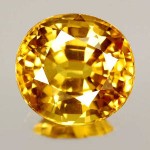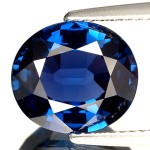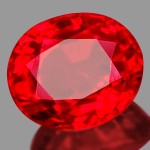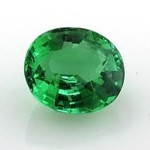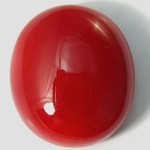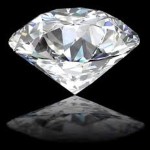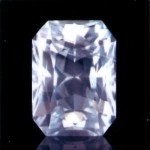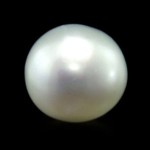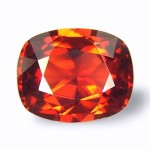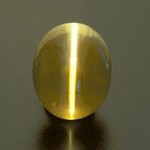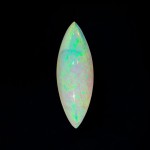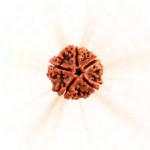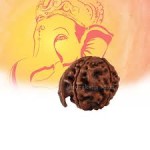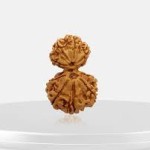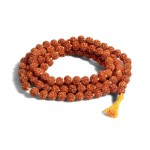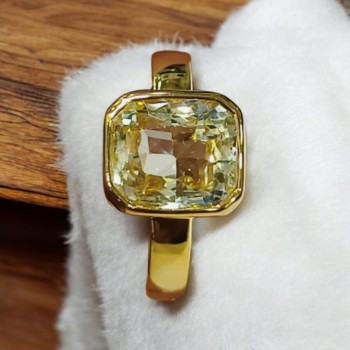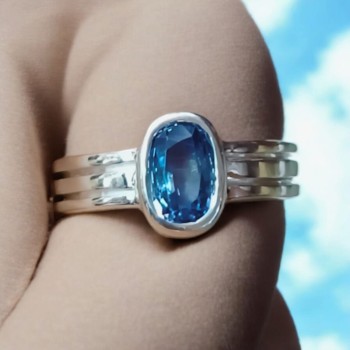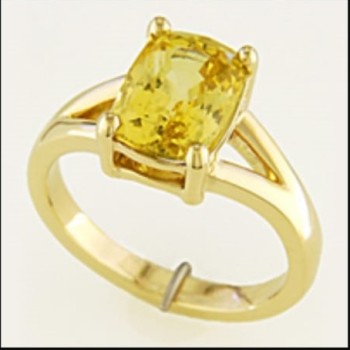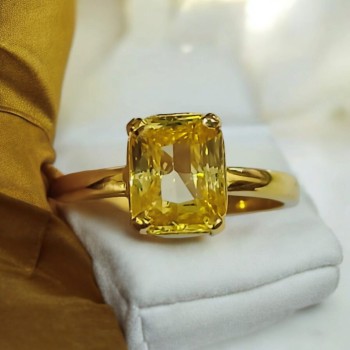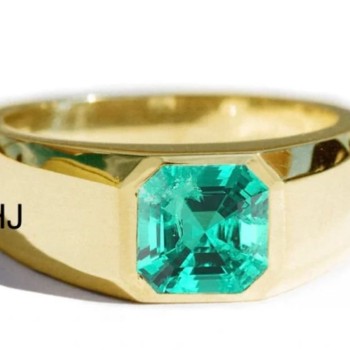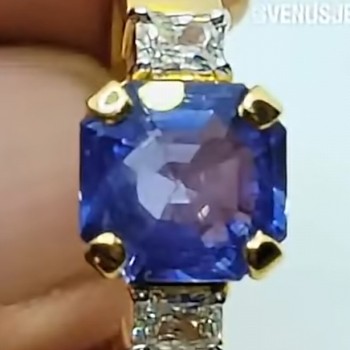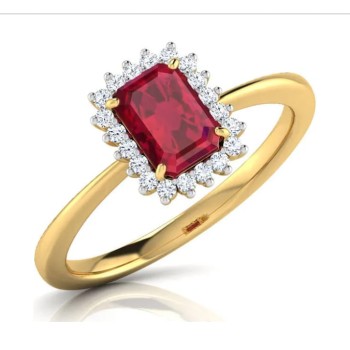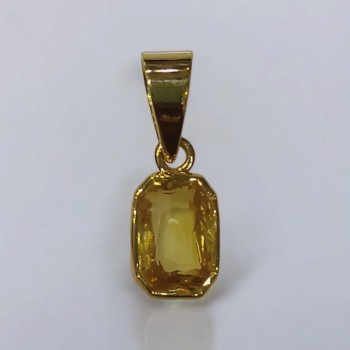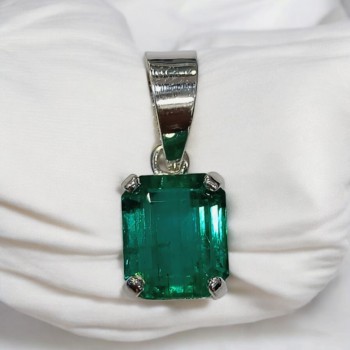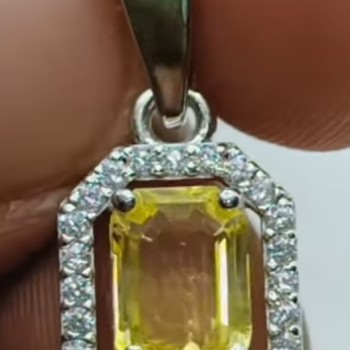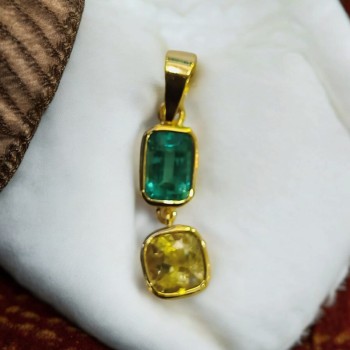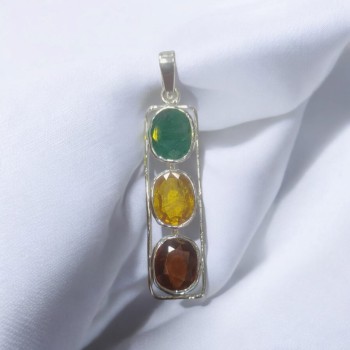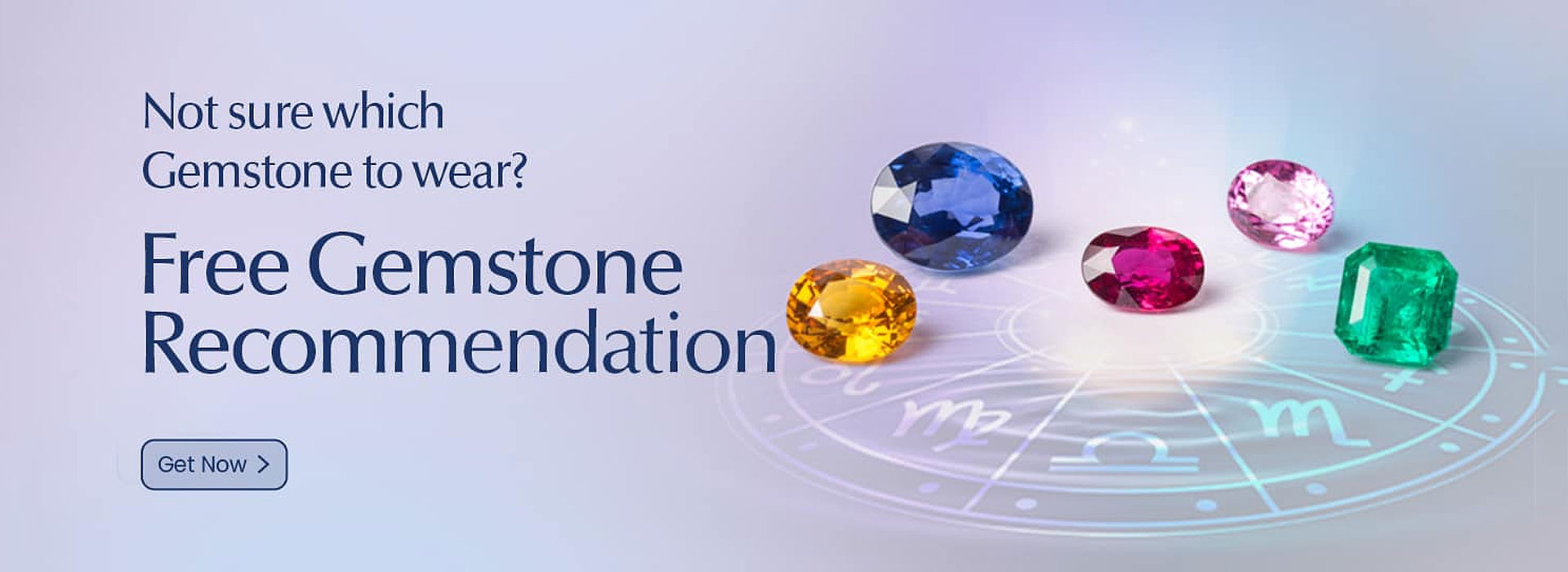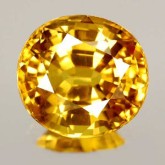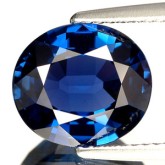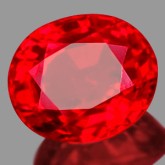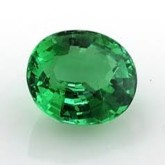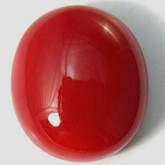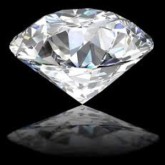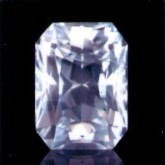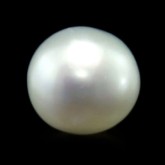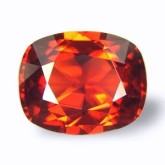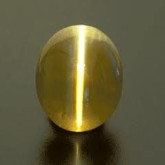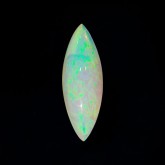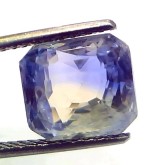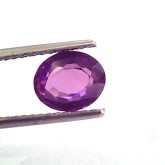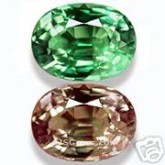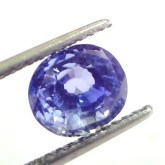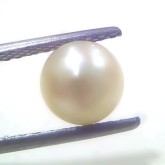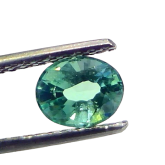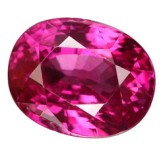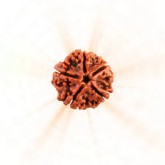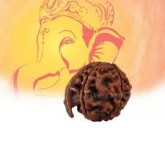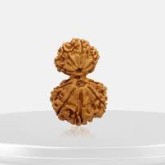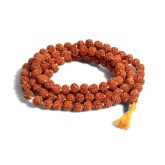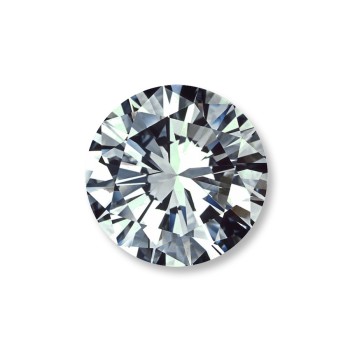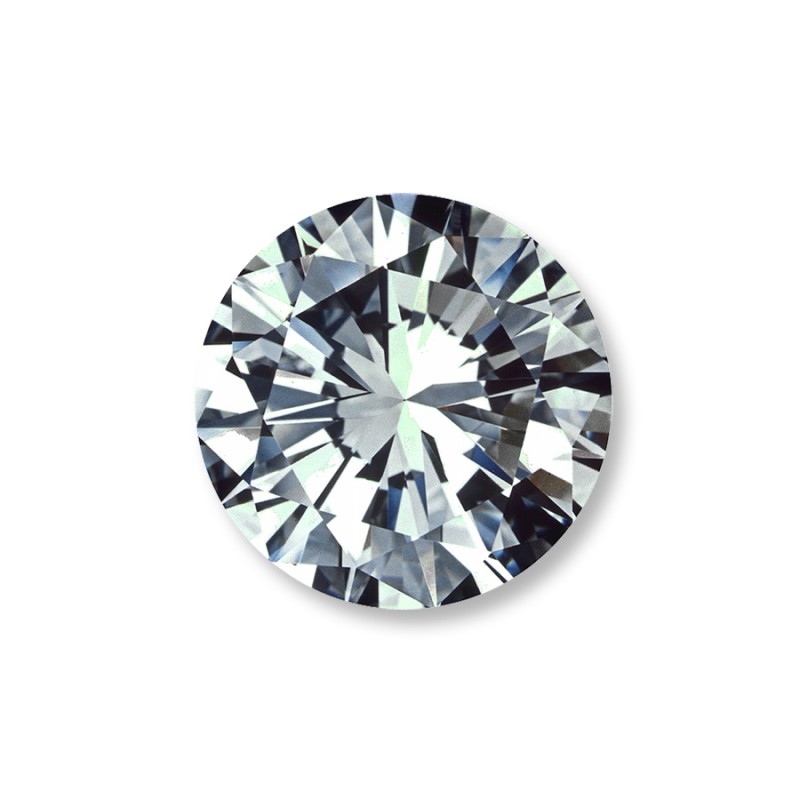
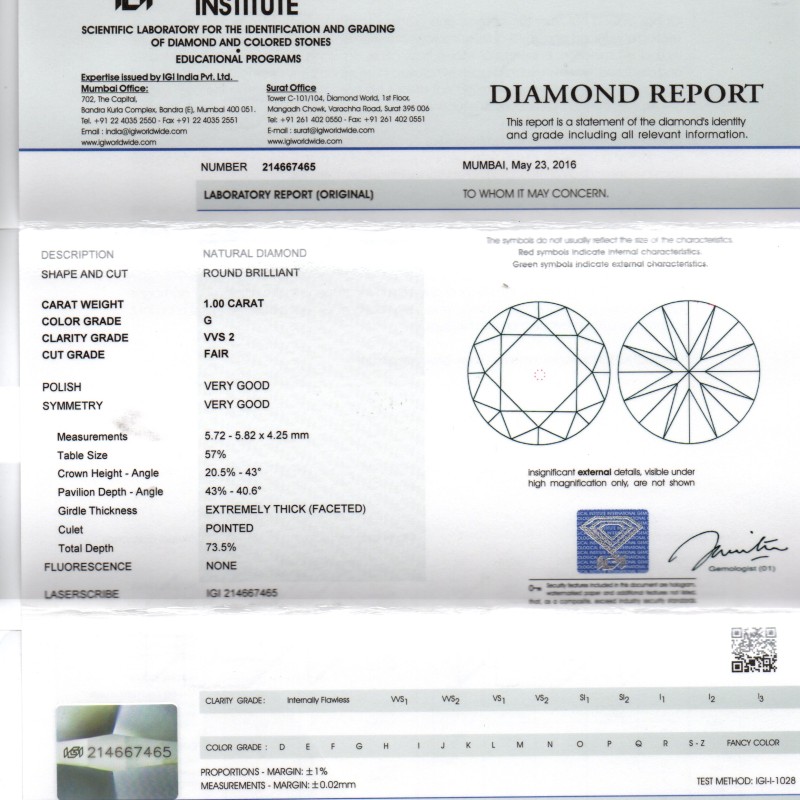
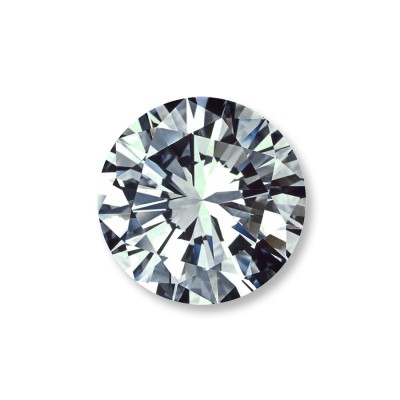
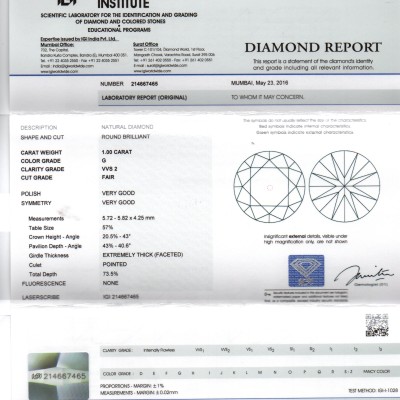
Ask a Question About This Product
Brand: Jewellery
Select This Design With Ur Selected gemstone In Ur Required Metal Avaialble Option and we make This Beautifull MasterPiece for uAbove quoted price is ..
Gemstone Price
₹3,000.00
Brand: Jewellery
Select This Design With Ur Selected gemstone In Ur Required Metal Avaialble Option and we make This Beautifull MasterPiece for uAbove quoted price is ..
Gemstone Price
₹4,000.00
Brand: Jewellery
Select This Design With Ur Selected gemstone In Ur Required Metal Avaialble Option and we make This Beautifull MasterPiece for uAbove quoted price is ..
Gemstone Price
₹5,000.00
Brand: Jewellery
Select This Design With Ur Selected gemstone In Ur Required Metal Avaialble Option and we make This Beautifull MasterPiece for uAbove quoted price is ..
Gemstone Price
₹5,000.00
Brand: Jewellery
Select This Design With Ur Selected gemstone In Ur Required Metal Avaialble Option and we make This Beautifull MasterPiece for uAbove quoted price is ..
Gemstone Price
₹6,000.00
Brand: Jewellery
Select This Design With Ur Selected gemstone In Ur Required Metal Avaialble Option and we make This Beautifull MasterPiece for uAbove quoted price is ..
Gemstone Price
₹7,000.00
Brand: Jewellery
Select This Design With Ur Selected gemstone In Ur Required Metal Avaialble Option and we make This Beautifull MasterPiece for uAbove quoted price is ..
Gemstone Price
₹7,000.00
Brand: Jewellery
Select This Design With Ur Selected gemstone In Ur Required Metal Avaialble Option and we make This Beautifull MasterPiece for uAbove quoted price is ..
Gemstone Price
₹3,000.00
Brand: Jewellery
Select This Design With Ur Selected gemstone In Ur Required Metal Avaialble Option and we make This Beautifull MasterPiece for uAbove quoted price is ..
Gemstone Price
₹4,000.00
Brand: Jewellery
Select This Design With Ur Selected gemstone In Ur Required Metal Avaialble Option and we make This Beautifull MasterPiece for uAbove quoted price is ..
Gemstone Price
₹7,000.00
Brand: Jewellery
Select This Design With Ur Selected gemstone In Ur Required Metal Avaialble Option and we make This Beautifull MasterPiece for uAbove quoted price is ..
Gemstone Price
₹4,500.00
Brand: Jewellery
Select This Design With Ur Selected gemstone In Ur Required Metal Avaialble Option and we make This Beautifull MasterPiece for uAbove quoted price is ..
Gemstone Price
₹6,000.00
RARE 1 CT Solitaire IGI certified VVS2-G colour Natural Diamond
Gemstone Price
₹551,000.00
- Stock: In Stock
- Model: dia21
- Weight: 1.00Ct
Available Options
Product Description | |
Gemstone Name : | NATURAL DIAMOND |
Number of Pieces: | 1 Pc |
Weight: | 1 CARAT |
Gem Shape: | ROUND |
Color: | G COLOUR |
Clarity: | VVS2 |
Luster: | VERY GOOD |
ORIGIN | AFRICA |

